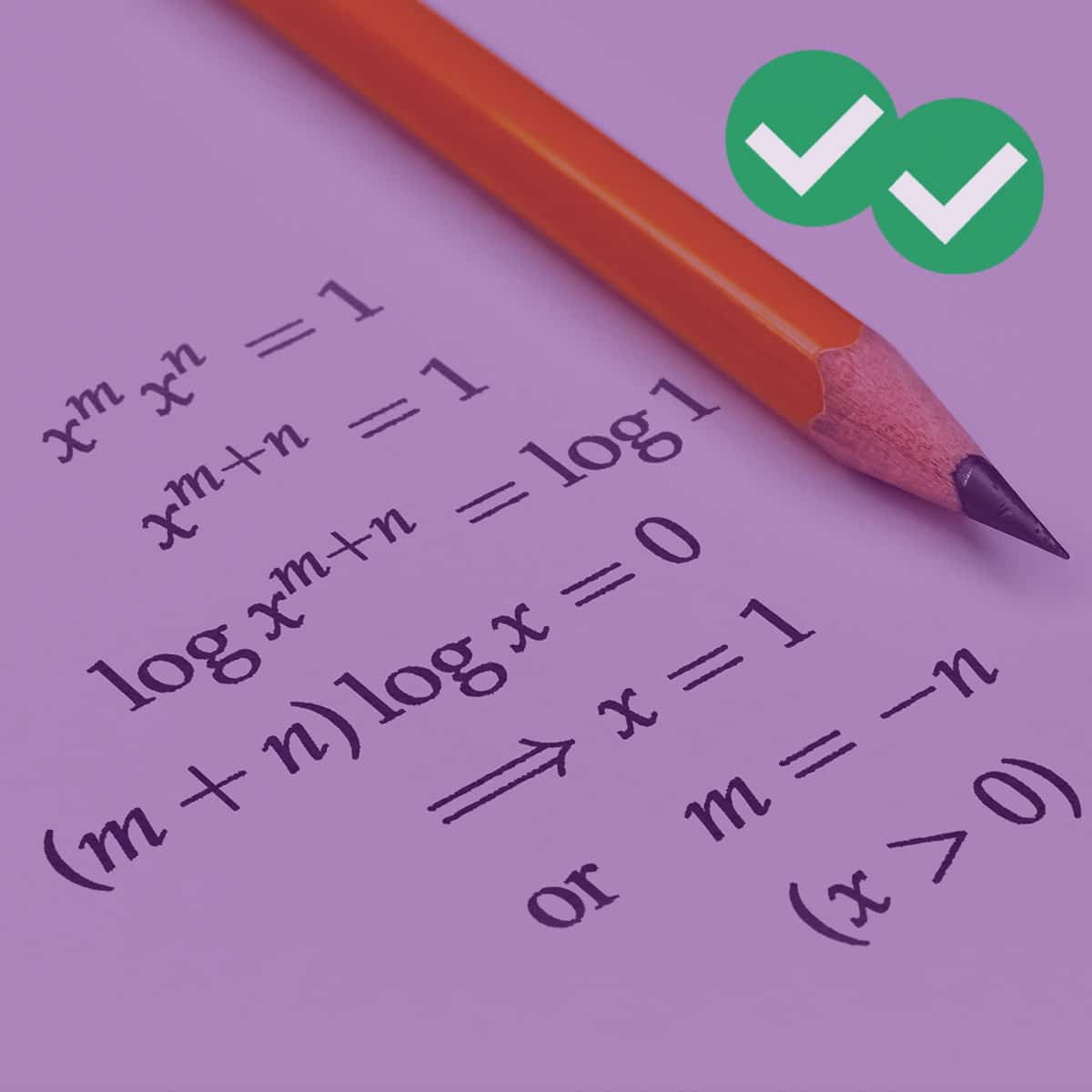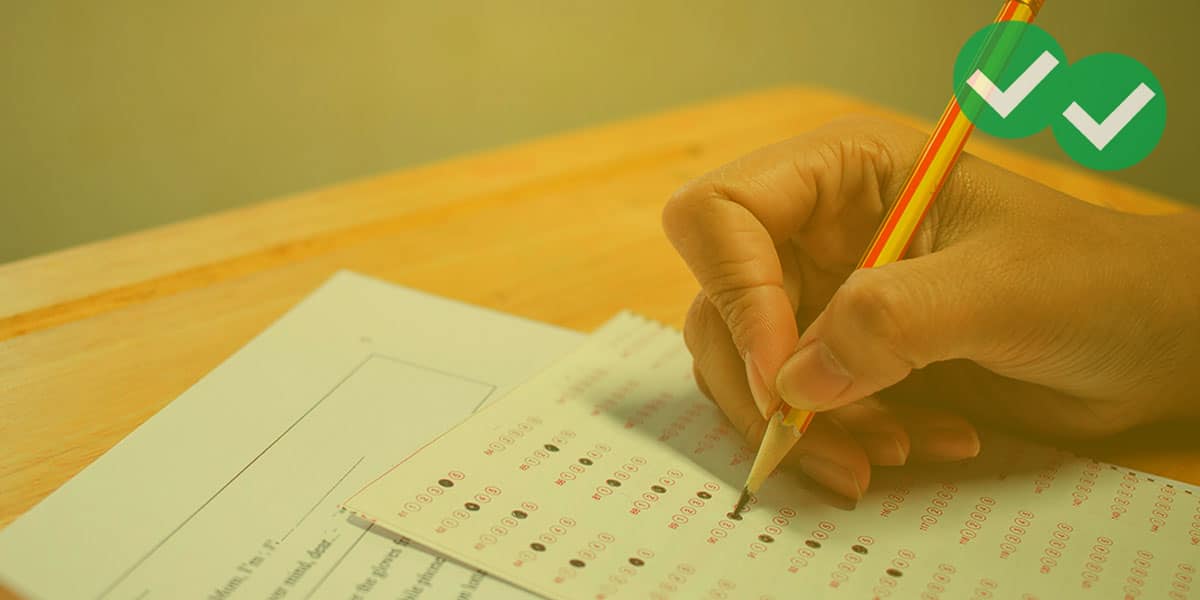After numerous release date push backs, much to the (i) —- of serious GRE preppers everywhere, the Official GRE Practice Question guides* are now available. For those looking to become (ii) —- the latest questions ETS has been cooking up in this GRE book—assuming that these questions are just that—the hundreds of practice problems should sharpen their skills given the (iii) —- with which ETS has so lovingly crafted them.
(i) (ii) (iii)
(A) delight (D) unplugged from (G) sincerity
(B) edification (E) heavily indebted to (H) artifice
(C) chagrin (F) savvy to (I) specificity
Answers: (C), (F), (H)
*For this post, I’ll start off with the Verbal Guide, but you can find the Quantitative Reasoning book review here.
Should you get this guide?
This is the question most are clamoring to ask. The short answer: definitely.
The reasons behind getting this guide are important. But first off: Do not buy this guide if you are looking for excellent strategies and explanations to questions. You’ll get ho-hum strategies that are taken, word-for-word and page-by-page, from the Official Guide to the GRE. Like that book, the value lies in the questions. Nothing can better prepare you than these questions—and that even includes the questions in the Official Guide. See, the questions in this newest guide best reflect what you’ll see test day.
The Text Completions have become less about vocabulary and more about teasing about context. And the wrong answers seem even more cunningly devised to lull you should your eyes wonder to the answer choices before thinking the question through.
The reading passages are longer than anything that ETS has yet to release. That is an indication that they are being a little more forthright on the content they’ve decided to share with the public, since students routinely see passages over 450 words on the actual tests (This is the first and only ETS guide that has such long passages).. And assumption questions that, up until now, were missing from the ETS practice questions are in this book—something that is also consistent with student reports.
Personally, I would have liked even more difficult questions, or at least more difficult questions than the few given in this book. The questions in the three practice sets don’t seem quite as difficult as the questions labeled “hard” at the beginning of the book. That said I learned something illuminating about the easy questions, especially in the Text Completion sections (see the section below). But still, for the most part, this book will definitely prepare those who are looking to score in the sub-160 range. My hunch is that the GRE is saving its nastiest stuff for the actual test.
The more nitty-gritty
Above was an overview. For those interested in a more nuanced breakdown, here are my thoughts:
Text Completions have become more about context and less about vocabulary. That especially goes for words in the sentence. Now, yes, sometimes you’ll still have a clue in a sentence that is a single word such as “harbingers.” If you know that word means “a person or thing that announces another” then the question will be relatively straightforward.
However, you’ll also encounter sentences where the clue consists of more words, and these words, in the scheme of things, don’t stand out too much. What makes this type more difficult is that you have to fish for the clue. It’s subtly embedded in simple words. This theme seems recapitulated through the questions: less dry, academic prose and more flowing prose, without as many big words in the answer choices.
Of course that sounds pretty vague, so to give my observations some quantitative heft, I’ve used a nifty little tool call a “Lexical Analyzer”, which shows you how dense/difficult a given text is. The primary measure I use is the Fog Index, which shows how difficult a text is to read. The higher each one is the more difficult the text. When going through the sentences in the Easy practice set, here are some values I encountered:
The sentence that included “harbinger”: 22.72 Fog Index
A sentence in which the clue consisted of many simple words: 18.91 Fog Index
Now let’s take a sentence from the hard section. You’re probably expecting some highly dense, academic prose closed off to all but the most literary inclined. Instead, the sentence I randomly selected is about a student traveling from France, and the most challenging word in it is “considerable.” This sentence only has a Fog Index of 15.91.
That’s much lower. How, then, would this kind of sentence exist in the “hard” section? One answer of course is that the vocabulary in the answer choices is harder (for example, one of the answer choice is “impecunious”). The other, though, is subtler. You’ll often get answer choices that kind of work in the sentence, meaning that you’ll sit there and try to convince yourself with a rationale for why that word choice would be okay. However, there’s actually another answer choice that is more direct and explicit. And what better way to hide that than with a difficult word such as impecunious?
So that’s what makes it hard. Not just tough vocabulary, but answer choices that kind of work.
The point that I’m driving at is that the test seems to be changing in terms of Text Completions. Vocabulary, while still important at the higher-levels, doesn’t seem to be as important at the lower levels. And how difficult the sentence is to understand doesn’t determine whether it is an ‘easy’ or ‘difficult’ question. In other words, if you are not that strong at verbal—and may very well end up with the “easy” verbal section test day—cramming vocabulary words at the expense of improving your reading skills may be foolhardy. So don’t throw the flashcards out yet, but don’t focus on the advanced words, and, most importantly, start reading The New York Times and The New Yorker (aldaily.com is a good trove of light academic reading—if there is such a thing).
Sentence Equivalence and Reading Comprehension
Don’t worry—I haven’t forgotten Sentence Equivalence and Reading Comprehension. It seems, however, that those two sections haven’t changed as much, with a few exceptions. With Reading Comprehension the answer is pretty indisputable once you hunt through the text. The text though, at least as far as the density of ideas goes, seems a little a more challenging (sadly, there is no nifty calculator for idea density and the nuance in these ideas). If you don’t carefully parse out these ideas, the wrong answers, as always, are very good at tripping you up. Yet, I don’t think the wrong answers were quite as sneaky as in previously published GRE material. Meaning that understanding the text and thinking about the answer to the question before looking at the answers should likely lead you to the correct answer. Again, since the ideas in the text are subtler, doing so will be no easy feat.
Sentence Equivalence seems about the same level, and perhaps a little easier, than Sentence Equivalence questions from the Official Guide. One thing I did notice more of, and what might actually make the SE more difficult, are answer choices that work perfectly but don’t actually have a matching word, i.e. a word amongst the other answer choices that creates a synonymous sentence. What are not nearly as common are questions with two pairs of synonyms, only one of which works, of course. What I’m wondering, with the Reading Comprehension and Sentence Equivalence, is did the GRE place a red herring, something that leads us astray from the ineluctable fact that the test is going to be more difficult, at least as far as Sentence Equivalence goes? Perhaps, but only for those students who will get the most difficult section (the 160+ scorers).
For the rest of us, this guide is going to have all we need in terms of difficulty. The 150 questions might be the single best way to prep for exam day. Yet, since we don’t really know how indicative these questions are of what is actually on the test—though I think the overlap is significant—you’ll still want to prep using all available ETS material.






Leave a Reply